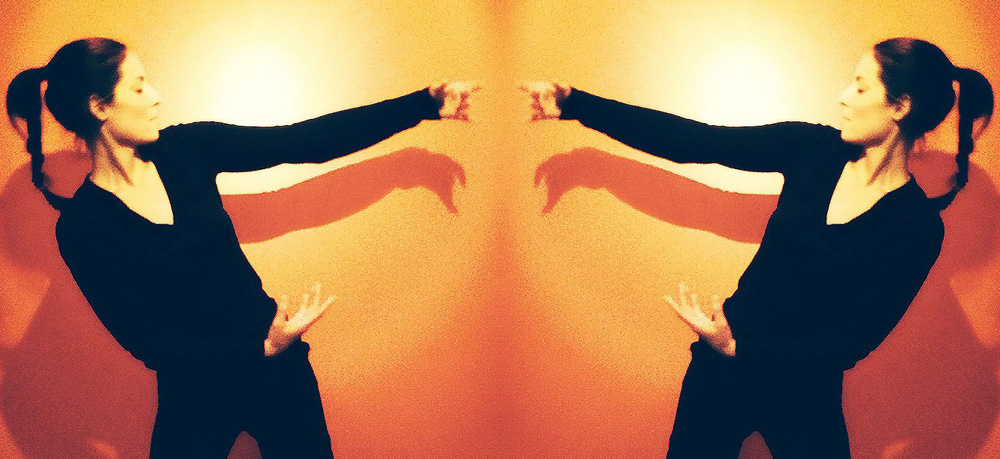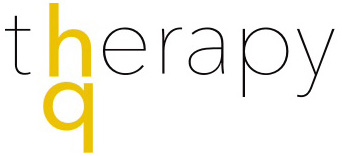Body Psychotherapy: Getting your body & mind into a harmonious relationship with each other.
What is Body Psychotherapy? Many forms of psychotherapy, as well as other embodied practices, acknowledge the body not only as a biological network of physical information but also as an accurate and wise messenger of emotive and intuitive knowledge.
The body and the mind are different parts of us, yet they are not opposites, they have a wistful connection with one another, and body psychotherapy focuses on the interactions between the body and the mind
In our daily lives and often on the therapy couch, we steadily seem to rely on cognitive functions, when doing our “inner work”. We explore thinking patterns, we analyze, we intellectualize, we review our actions and behaviours, we process and express our emotions mostly verbally.
Yet, by itself, a disembodied mind is deeply lonely and limited.
When the body and the mind are in a harmonious relationship and have a knowledge of each other, we function as a whole, we feel integrated.
Body psychotherapy, and most notably Somatic, embodied psychotherapy, works by bridging that gap by recognizing that not only the mind but also mostly the body registers all that is going around. That the body remembers.
That the body holds the key to our most intimate connections, including the relationship we have with ourselves. Through the senses, through tactility, through feeling, the body offers itself as an incredibly powerful tool for self-inquiry, for healing and for coming back to a natural state of ease and well-being, which is our true nature.
How Does Embodied Psychotherapy Work?

Embodied psychotherapy uses bottom-up approaches, which means that processing is more experiential and less conceptual than top-down interventions, which are more thinking driven. In embodied psychotherapies, you will be invited to explore the relationship with your body (not only your physical body but your emotional, energetic, mental and spiritual body).
You will meet new ways of communication that are non-verbal. Through a variety of practices, you will learn to ground and feel safe in your body. You will understand how to regulate the nervous system and manage anxiety and stress (hyper-arousal), as well as states of hypo-arousal (freeze, emotional numbness, shouting down).
You will experience embodying boundaries before setting them externally. You will explore how to be with unpleasant and difficult sensations- such as pain, tension, anger and grief…and how to release trauma from the body.
You will re-discover how somatic intelligence is an integral part for sustainable change.
Below are some practices of connecting with your body in a supportive, therapeutic manner. The following are better explored with a compassionate therapist who uses somatic interventions to support the integration of body and mind and emotions. But they can also be practised alone if you foster a sense of safety in the body.
Techniques Used in Body Psychotherapy

The practice of Body listening: It means to learn to listen to the messages of the body, however subtle or loud they may be. The more in sync you are with the body the more you start recognizing somatic signals that may otherwise remain unconscious.
It is useful to make a meditative practice of tuning in to the body and having a conscious dialogue with it. Some questions to mindfully ask your body:
- How is my body feeling today? (Energized? Low?) And how is that connected to my emotional experience and what is happening for me in my life?
- What is reflected and sustained in my posture, my movements, my gestures? Can shifting my posture, for example, influence how I am feeling and how I am perceiving a situation?
- When a challenge arises, drop from the mind into the body and investigate- where in my body am I experiencing this challenge? On my chest, on my shoulders, in my throat, in my abdomen or elsewhere? What sensations are there?
- What more does my body need? More rest, more touch, more water, more pleasure, more laughter, more play, more expression?
- Is my body in peace with the environment? How does the environment impact my physical experience?
- How am I relating to the world around me through my body? What physical distance or proximity feels suitable and why? Where do I place myself in relation to others in a space and what does that reflect?
The practice of Body talking: It means to give permission to the body to move spontaneously. When words are not enough, movements, postures, gestures can reveal and express what often is felt ineffable. Body talking means allowing the body to unfold your personal story. This can be a powerful journey that can lead to a deep sense of self.
Your inner states become the music to which the body responds, freely, without an agenda. Shaking, rocking, stretching, swaying, expanding, contracting are a few of the ways that the body likes to move…
To amplify further, ask your body- How do you scream? How do you cry? How do you move shyness and how does anger flow through you? And give it permission to show you.
Movement doesn’t have to be gracious, rhythmical or look good. It only needs to feel authentic and liberated from inner judgments.
Change requires practise – physical integration requires practice. And we can learn new ways of living in our bodies. We can somatically resource our difficult experiences and reclaim hope for the future, expand and be whole again.
This is the power of body psychotherapy, our power.
To be embodied,
It is a form of activism. It is a statement of freedom.
“And I said to my body, softly ‘I want to be your friend’.
It took a long breath and replied, ‘I have been waiting my whole life for this.” Nayyirah Waheed
———————————
Information about the author: Christina Argyropoulou is a Movement Psychotherapist and Psychologist, working at HQ therapy rooms in Hackney and online. She has been practising for over 15 years, in a variety of settings, supporting people in discovering their own creative and healing potential.


